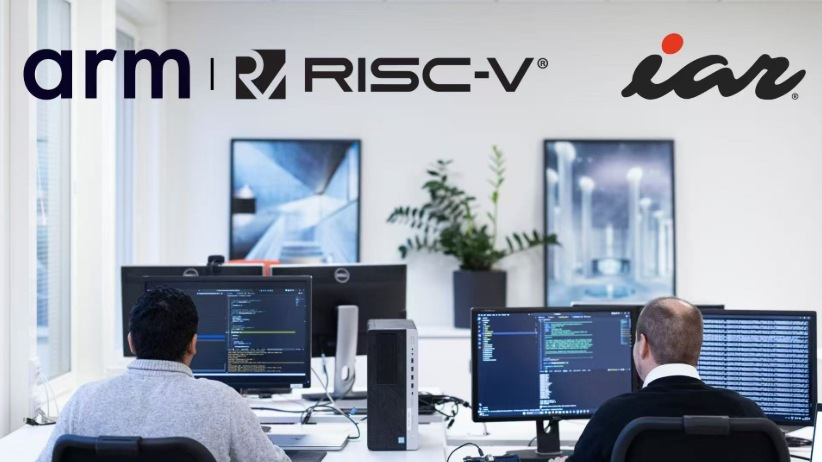IAR Development Platform Upgrades Arm and RISC-V Development Toolchains to Accelerate Modern Embedded System Development
2025-06-12 10:05:50 1007
Uppsala, Sweden, June 10, 2025 — IAR, a global leader in embedded software solutions, has officially released major updates to its flagship products: Arm Development Toolchain v9.70 and RISC-V Development Toolchain v3.40. These updates significantly enhance the IAR Development Platform's capabilities in performance, security, and automation, enabling agile and scalable embedded applications across industries such as automotive, industrial, medical, and IoT.

Figure 1
To address the growing complexity of embedded systems, the new IAR Development Toolchain supports cloud licensing, CI/CD pipeline integration, and development across multiple architectures. As Arm and RISC-V continue to drive technological evolution, IAR has introduced a unified development platform that delivers a high-quality, secure development experience. The new version helps customers improve R&D efficiency, reduce R&D costs, and shorten time-to-market, making complex embedded system development more predictable and scalable.
Thomas Andersson, IAR's Chief Product Officer, said, “Arm and RISC-V are shaping the future of embedded innovation, and IAR is committed to creating customized toolchains for Arm and RISC-V to help customers achieve technological innovation and differentiation. This product upgrade not only enhances the overall capabilities of the IAR development platform but also further optimizes DevOps integration, cross-architecture code reuse, and built-in security compliance development support. All of these features are available through a flexible cloud subscription model, providing customers with greater flexibility.”
The new version further strengthens support for modern DevOps practices and distributed development, enhancing compatibility with open-source SDKs, CMake-based workflows, and executable files generated by external builds. This helps development teams collaborate efficiently in local environments or containerized CI/CD, ensuring consistency and traceability in the development process.
In terms of functionality, the Arm development toolchain has expanded support for GNU C/C++ and C++20, further simplifying integration with open-source and chip vendor SDKs; the RISC-V development toolchain has expanded support for DSP and SIMD instruction sets and is compatible with automotive-grade IP (such as Synopsys ARC-V), enabling developers to confidently adopt industry-grade high-reliability solutions.
By integrating modern development processes into a single platform, IAR effectively addresses the issue of toolchain fragmentation. The IAR development platform fully supports safety standards such as ISO 26262, IEC 61508, and IEC 62304, helping developers accelerate certification processes, protect intellectual property, shorten time-to-market, and facilitate maintenance of legacy projects. It also ensures technological continuity in the context of an evolving processor ecosystem, empowering development teams to achieve faster, more flexible, and more reliable workflows.
In addition, the latest Visual Studio Code extension v1.41 brings advanced RTOS-aware debugging capabilities to the IAR Development Platform. Developers can gain deep insights into system runtime status in a familiar development environment, including task and interrupt logs, multi-core execution views, and native support for Zephyr RTOS on Arm. These enhancements effectively improve development efficiency, simplify the debugging process, and significantly enhance visibility into complex embedded systems.
With these innovations, the IAR development platform helps development teams accelerate iteration, improve code quality, optimize resource utilization, and comprehensively enhance delivery efficiency and return on development investment.




